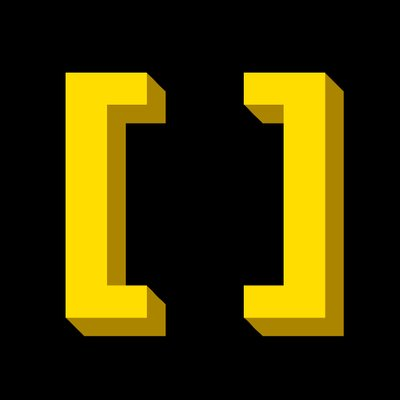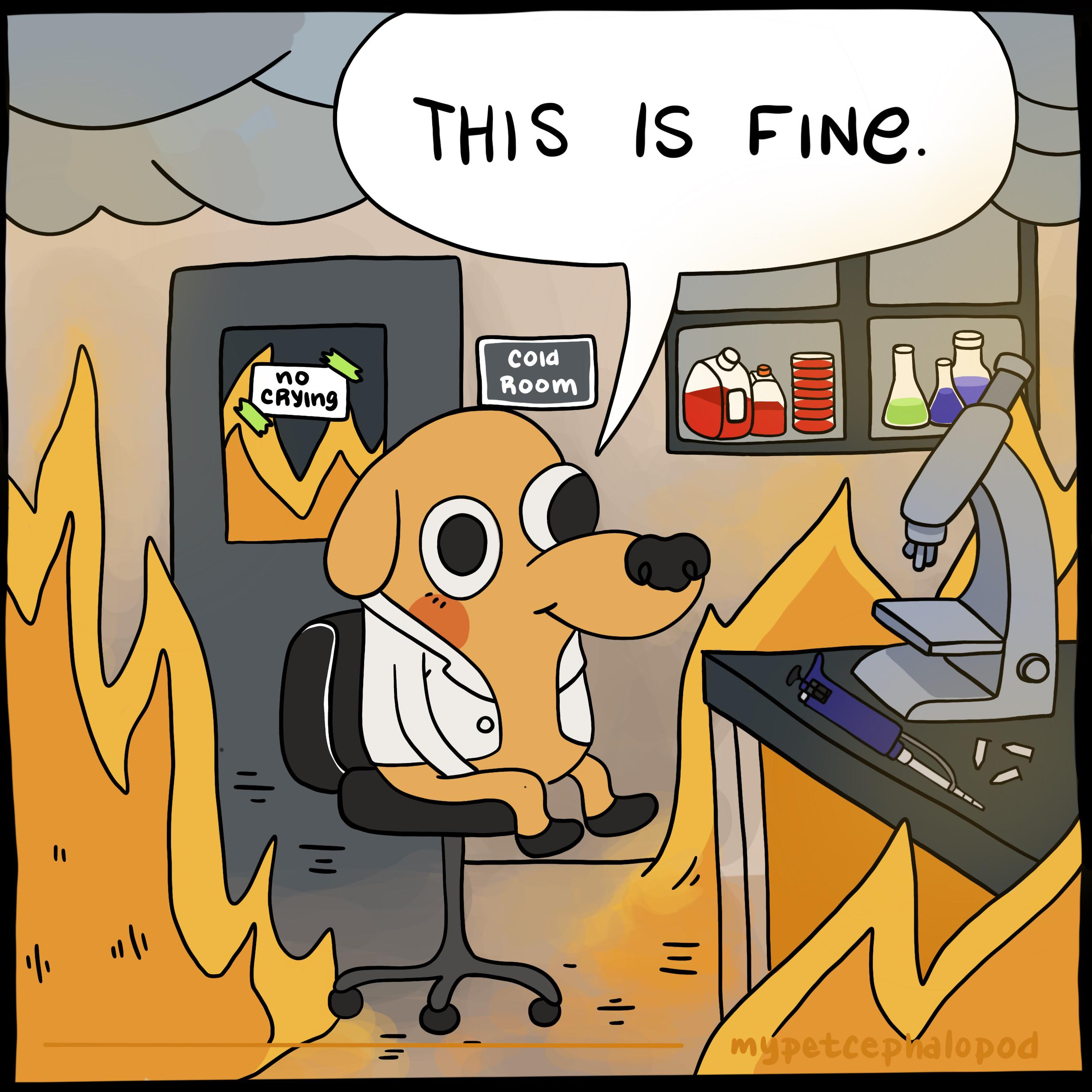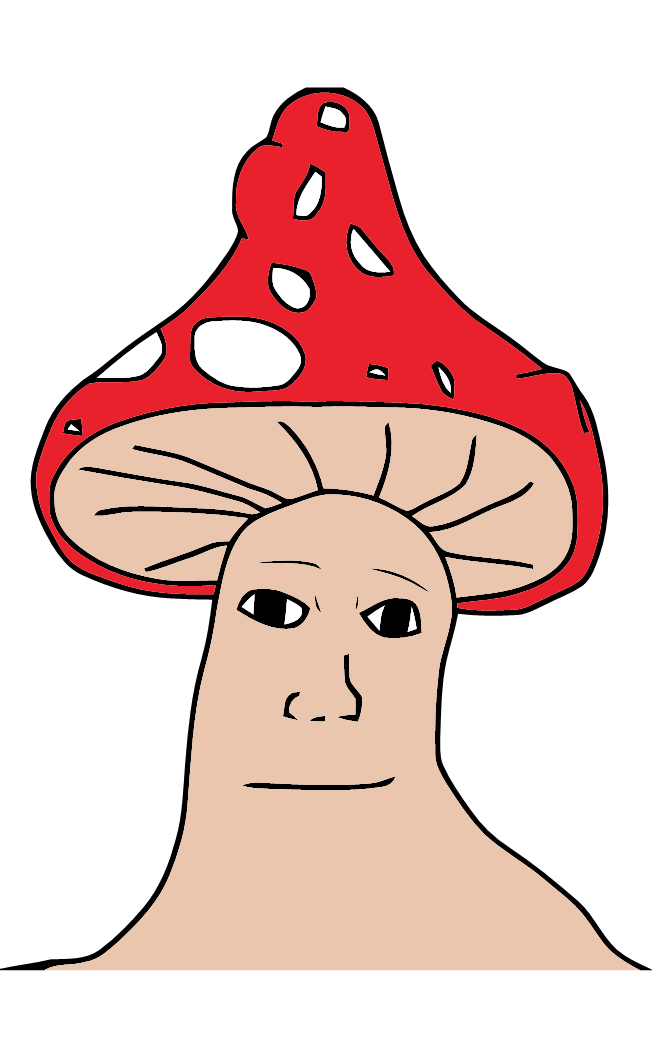







What do you mean the emperor is ‘naked’?


Are women bourgeois?


Not for the first time.


I post, therefore I am.


Now, ask yourself this question, ‘is 0.999…, or any real number for that matter, a series?’. The answer to that question is ‘no’.
You seem to be extremely confused, and think that the terms ‘series’ and ‘the sum of a series’ mean the same thing. They do not. 0.999… is the sum of the series 9/10+9/100+9/1000+…, and not a series itself.
EDIT: Also, the author does abuse the notations somewhat when she says ‘1+1/2+1/4 = 2’ is a geometric series, as the geometric series 1+1/2+1/4+… does not equal 2, because a series is either just a formal sum, a sequence of its terms, or, in German math traditions, a sequence of its partial sums. It is the sum of the series 1+1/2+1/4+… that is equal to 2. The confusion is made worse by the fact that sums of series and the series themselves are often denoted in the same way. However, again, those are different things.
Would you mind providing a snippet with the definition of the term ‘series’ that she provides?
EDIT 2: Notably, that document has no theorem that is called ‘convergence theorem’ or ‘the convergence theorem’. The only theorem that is present there is the one on convergence and divergence of geometric series.


That’s because all they had for decades was the anti-consumer practice of console exclusivity. That has been the sole reason for the lack of some games on some of the platforms.


Ok. In mathematical notation/context, it is more specific, as I outlined.
It is not. You will routinely find it used in cases where your explanation does not apply, such as to denote the contents of a matrix.
Furthermore, we can define real numbers without defining series. In such contexts, your explanation also doesn’t work until we do defines series of rational numbers.
Ok. Never said 0.999… is not a real number
In which case it cannot converge to anything on account of it not being a function or any other things that can be said to converge.
because solving the equation it truly represents, a geometric series, results in 1
A series is not an equation.
This solution is obtained using what is called the convergence theorem
What theorem? I have never heard of ‘the convergence theorem’.
0.424242… solved via the convergence theorem simply results in itself
What do you mean by ‘solving’ a real number?
0.999… does not again result in 0.999…, but results to 1
In what way does it not ‘result in 0.999…’ when 0.999… = 1?
You seem to not understand what decimals are, because while decimals (which are representations of real numbers) ‘0.999…’ and ‘1’ are different, they both refer to the same real number. We can use expressions ‘0.999…’ and ‘1’ interchangeably in the context of base 10. In other bases, we can easily also find similar pairs of digital representations that refer to the same numbers.
I meant what I said: “know patterns of repeating numbers after the decimal point.”
What we have after the decimal point are digits. OTOH, sure, we can treat them as numbers, but still, this is not a common terminology. Furthermore, ‘repeating number’ is not a term in any sort of commonly-used terminology in this context.
The actual term that you were looking for is ‘repeating decimal’.
Perhaps I should have also clarified known finite patterns to further emphasize the difference between rational and irrational numbers
No irrational number can be represented by a repeating decimal.


If Trump get back into office, I think I may permanently leave this country
Why haven’t you?


The explanation I’ve seen is that … is notation for something that can be otherwise represented as sums of infinite series
The ellipsis notation generally refers to repetition of a pattern. Either ad infinitum, or up to some terminus. In this case we have a non-terminating decimal.
In the case of 0.999…, it can be shown to converge toward 1
0.999… is a real number, and not any object that can be said to converge. It is exactly 1.
So there you go, nothing gained from that other than seeing that 0.999… is distinct from other known patterns of repeating numbers after the decimal point
In what way is it distinct?
And what is a ‘repeating number’? Did you mean ‘repeating decimal’?


There is only Seksbjørnen.


That reminds me, I have had several liberals and apparent ‘anarchists’ tell me how bad the PRC is, in comparison to the empire which is guilty of killing millions of people, because the PRC had a lethal space rocket malfunction 30 years ago and because… space rocket boosters keep falling near villages.
‘Nooo, they shouldn’t be allowed to get ahead of the US in space projects! They are evil savages who are not capable of technological advancement’
-Some supposed ‘anarchist’.
Also,
‘But states should share scientific advancements! It wouldn’t be good to exclude NATO states from scientific projects! That’s why I think that no alternative to the ‘international’ NATO space station where only representatives of NATO states and their puppets are allowed and which states like the PRC are banned from working with should exist!’
-Same person.


It’s actually ‘mod’


I’ll officially have a master’s degree in August
IDK, I’d prefer a master’s degree in math



Shrigma


The decimals ‘0.999…’ and ‘1’ refer to the real numbers that are equivalence classes of Cauchy sequences of rational numbers (0.9, 0.99, 0.999,…) and (1, 1, 1,…) with respect to the relation R: (aRb) <=> (lim(a_n-b_n) as n->inf, where a_n and b_n are the nth elements of sequences a and b, respectively).
For a = (1, 1, 1,…) and b = (0.9, 0.99, 0.999,…) we have lim(a_n-b_n) as n->inf = lim(1-sum(9/10^k) for k from 1 to n) as n->inf = lim(1/10^n) as n->inf = 0. That means that (1, 1, 1,…)R(0.9, 0.99, 0.999,…), i.e. that these sequences belong to the same equivalence class of Cauchy sequences of rational numbers with respect to R. In other words, the decimals ‘0.999…’ and ‘1’ refer to the same real number. QED.


He was already 98% shit on Oct 6… then he went and did a genocide





CNN is Russian propaganda.
Am, unfortunately, not vegan in the sense of consuming meat and other animal-sourced food, despite agreeing with vegan positions.
Reason: am weak-willed. My attempts to stop have failed because of that ,essentially.
I console myself with the fact that the most important thing in this regard is for the relevant industries to be stopped, and that my individual activities wouldn’t be enough to stop the suffering of other animals for what is essentially our fun, but I do recognise myself as bad in this regard.